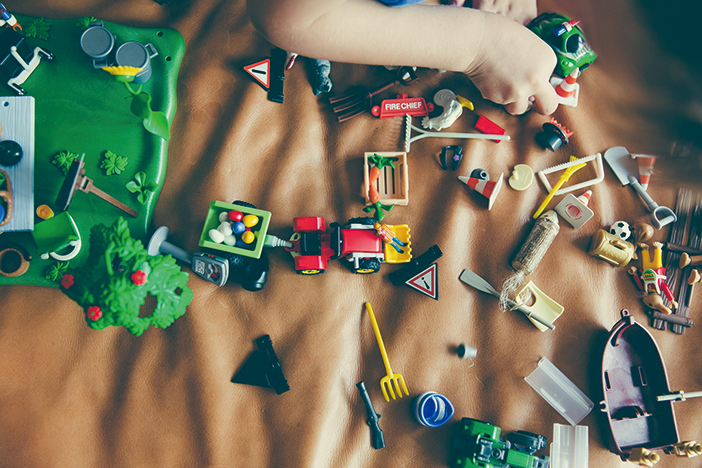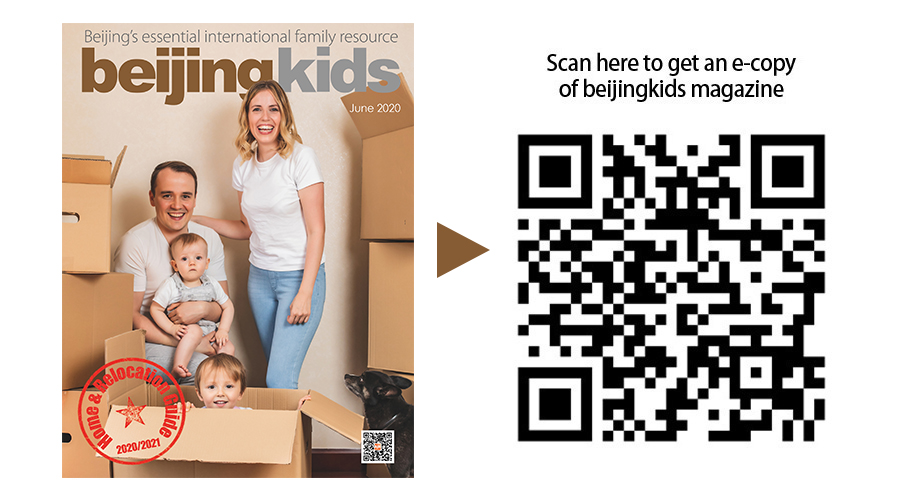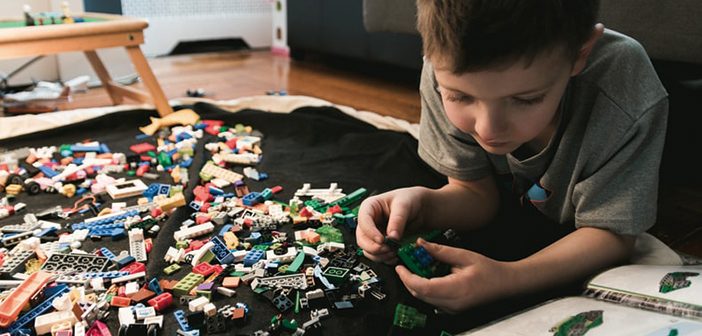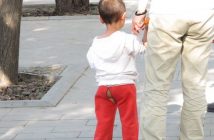A 2006 study by the University of Sussex found a link between cleanliness and order, and well-behaved children, so there’s never been a better time to start tiding up. But how do you do this, and how do you make it into a fun learning activity? Through a series of games of course! Decluttering expert, mother, and long term Beijing resident Astra Holmes gives us a few tips to get started.

Ever stepped on one of these in the middle of the night?
1. Use your child’s natural competitive instincts to your advantage by ‘gamifying’ cleaning activities, like Trash Bag Bingo, in which you throw away rubbish and broken toys together. “Put on some music, set a timer and get your child to try and find a designated number of items before the buzzer rings,” explains Holmes. This is especially useful for school supplies, as kids go through pens, markers, and pencils faster than parents are able to keep up. “Make it a race” Holmes advises “to see who can find the most pens. Then get some scrap paper and try them to see if they work, and whoever gets the most broken pens wins.”
2. Kids amass a ton of artwork. Create a display area with your child and decide which pieces are their favorites, then discard the rest. Adding frames or even organizing a yearly “Art Gallery” can help with the decision-making process.
3. Incentivize your child to put clothes away, or in the laundry hamper, by rewarding them with stickers, or a story, or whatever reward they find attractive.
4. Tripping on toys can be a thing of the past if you set up a toy “lending library” where your child gets to select no more than 20 toys to play with per month. If your child wishes to have something new, then they can “return” the toy for a new one. This has the added benefit of making once old and boring toys seem new and exciting again. Toys not in use should all be put in storage.
5. Implement the One-In-One-Out policy, whereby, in exchange for a new toy, a child gets to decide which toy they are “too old for”, which must be given away. This is particularly useful during the holiday season.
KEEP READING: The Rising Trend of Authoritative, Controlling “Toxic Parenting”
Photos: Unsplash
 This article appeared in the beijingkids 2020 June issue
This article appeared in the beijingkids 2020 June issue




